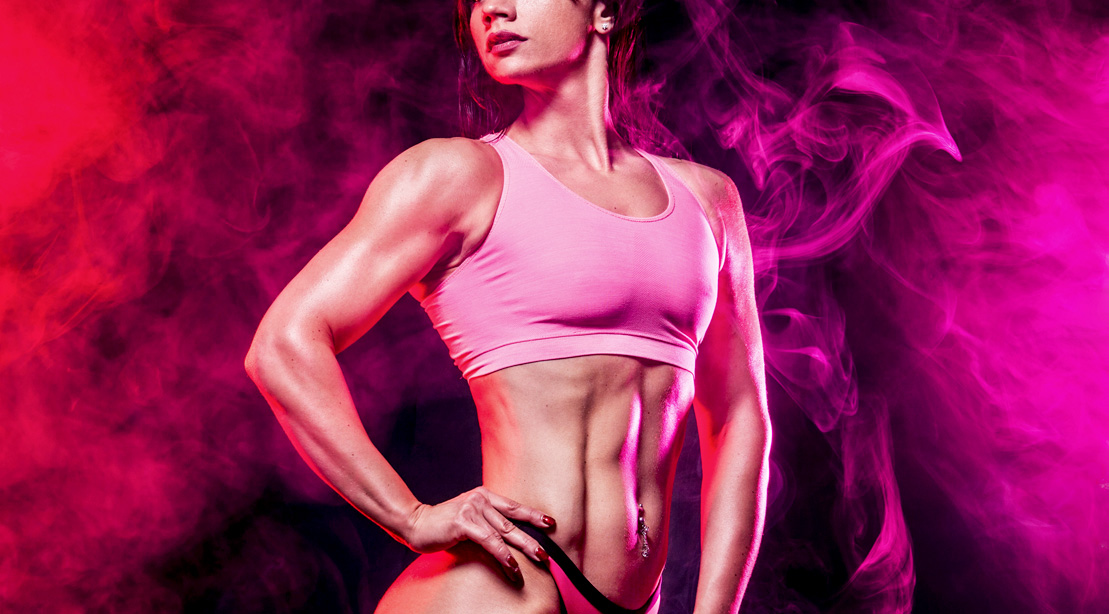28-Days-to-Lean Meal Plan
With the right plan and the right discipline, you can get seriously shredded in just 28 days.
Read article
No matter your cup size, if your sports bra doesn’t show up to your workouts with support and comfort, you can bet your bottom dollar you’re in for red marks and a sore back.
That said, wearing the right sports bra is more than just a cute design. The goal is to find a sports bra that works with your body, not against it, as gravity and motion are already doing so.
From running to box jumps, HIIT to jumping rope, the bra you choose to support your chest, makes all the difference in each and every workout.
A sports bra serves a few purposes, “To support the breasts for high impact movement so they are not moving around too much and feel uncomfortable, and to provide moisture wicking so that you can work out and not become too hot and sweaty,” says Theresa Marko, board-certified clinical specialist in orthopaedic physical therapy, and CEO and owner of Marko Physical Therapy.
The right sports bra should also provide support to your back (thoracic spine), via the compression it gives to your upper torso. “One needs to feel comfortable and supported so that they can focus on their exercise and or activity, and not be preoccupied with how their body is feeling uncomfortable,” says Marko. In short, a sports bra needs to: support, wick sweat, comfortably compress, and feel good on your body.
Because sports bra sizing is inconsistent across different brands, following these tips, (along with trying on several different sports bras) will help you narrow down the best-fitting sports bra for you!

Sweat-wicking material is a bonus as well: If you’re going to sweat, go for a material that shows up to work and fights moisture.
Although the crisscross style straps do feel very supportive as this type of sports bra holds you snuggly in, Marko warns that “something to consider with this type of bra is that you definitely don’t want it too tight because the straps can dig into your muscles in your neck (upper traps) and feel really uncomfortable, causing pain, and possibly headaches.”
The same applies to those who have larger breasts – an open-in-the-front bra makes it easier getting putting on and taking off.
The easiest way to find a sports bra that best suits your body and activity is, once you know your size and are ready to buy, take your time trying a variety of brands one. Move freely in them, stretch, do a few jumping jacks, anything that will let you know this is the fit for you!